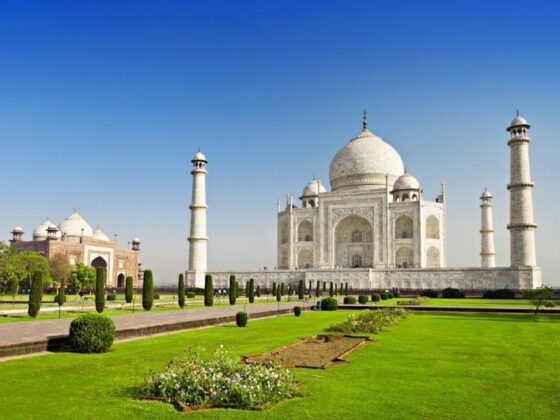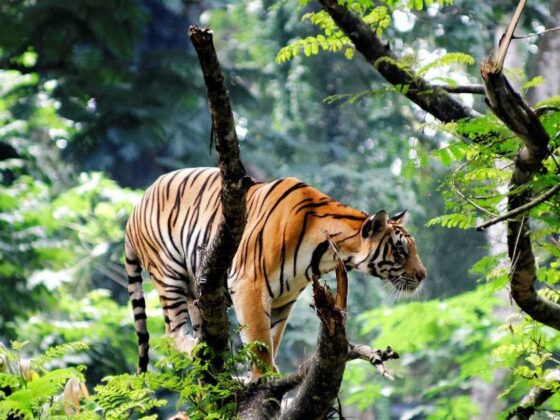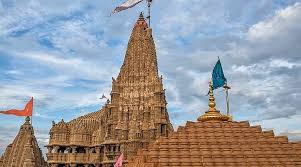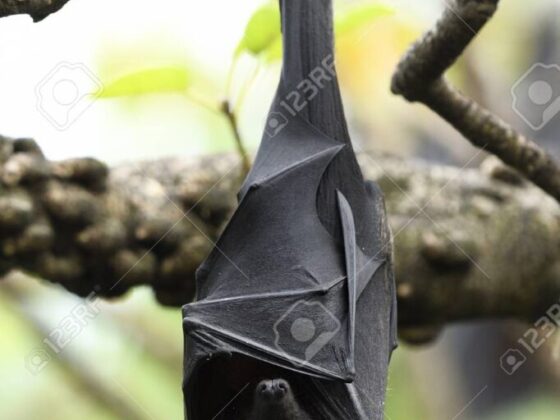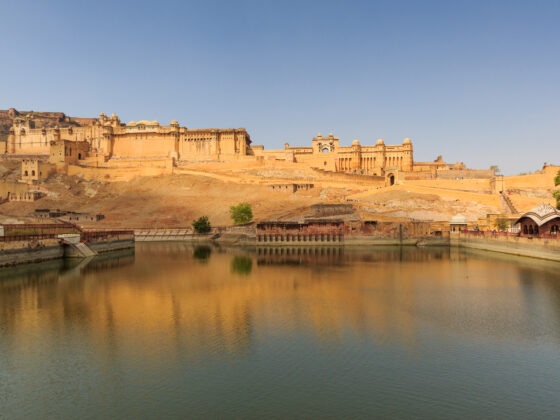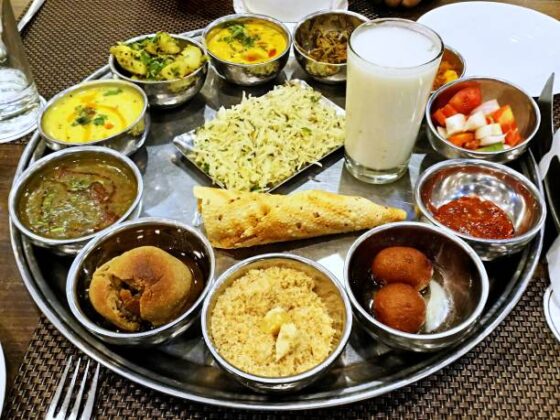The Battle Tanks of Ancient India: War Elephants and Chariots
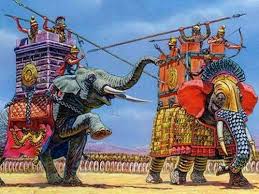
Introduction
Ancient India was home to some of the most sophisticated military strategies, and one of its most formidable weapons was the war elephant. These massive creatures, often referred to as the battle tanks of the ancient world, played a crucial role in warfare for centuries. Their sheer size, strength, and psychological impact made them an integral part of military strategies, helping to turn the tide of many battles. This article explores the role of war elephants in ancient India, their training, battlefield strategies, and their eventual decline.
The Origins of War Elephants in Indian Warfare
India has a deep-rooted history of using elephants in warfare, dating back to the Vedic period (1500–500 BCE). The first recorded use of war elephants was during the Mahajanapada era (600–300 BCE), where kingdoms such as Magadha, Kalinga, and the Nandas extensively deployed elephants in their military campaigns.
The Mauryan Empire: Masters of Elephant Warfare
The Mauryan army reportedly maintained a force of over 9,000 trained war elephants, organized under a specialized military unit known as the Hastikosha (Elephant Corps). These animals were heavily armored and used for charging enemy lines, breaking fortifications, and trampling foot soldiers.
Training and Preparation of War Elephants
Training a war elephant was a meticulous process that required years of dedication. The process included:
- Selection: Strong, intelligent, and aggressive elephants were chosen for battle.
- Taming and Conditioning: Young elephants were trained through a combination of rewards and discipline.
- Armor and Weaponry: Elephants were often fitted with iron-plated armor and spiked tusks.
- Mahouts (Elephant Riders): Each elephant had a dedicated mahout who controlled its movements and directed it in battle.
Tactical Use of War Elephants in Battles
War elephants were deployed in multiple ways during battle:
- Shock Troops: Elephants led the charge, breaking enemy lines with their sheer force.
- Psychological Warfare: Their size and trumpeting instilled fear in opposing forces and cavalry.
- Defensive Wall: Positioned in a line, elephants formed a moving fortress against enemy attacks.
- Archery Platforms: Soldiers mounted on elephants could fire arrows and spears from an elevated position.
One of the most famous battles involving war elephant was the Battle of Hydaspes (326 BCE), where King Porus used them against Alexander the Great. Although the Greeks ultimately won, the elephants inflicted significant damage on their forces.
The Decline of War Elephants in Indian Warfare
Despite their dominance for centuries, war elephant eventually lost their effectiveness due to:
- Advancements in Military Technology: The rise of gunpowder and cannons rendered elephants vulnerable.
- Increased Mobility in Warfare: Faster cavalry and disciplined infantry tactics reduced their impact.
- Logistical Challenges: Elephants required immense resources, including food, water, and care, making them difficult to maintain in prolonged campaigns.
By the 17th century, war elephants were largely replaced by modern artillery, though they were still used ceremonially in royal processions and symbolic warfare.
Conclusion
War elephants were more than just animals; they were symbols of power, strength, and strategic brilliance in ancient Indian warfare. From the battlefields of the Mauryan Empire to the legendary encounters with Alexander the Great, these majestic creatures shaped the course of history. Though they are no longer part of modern warfare, their legacy remains a testament to the ingenuity of ancient Indian military strategies.


